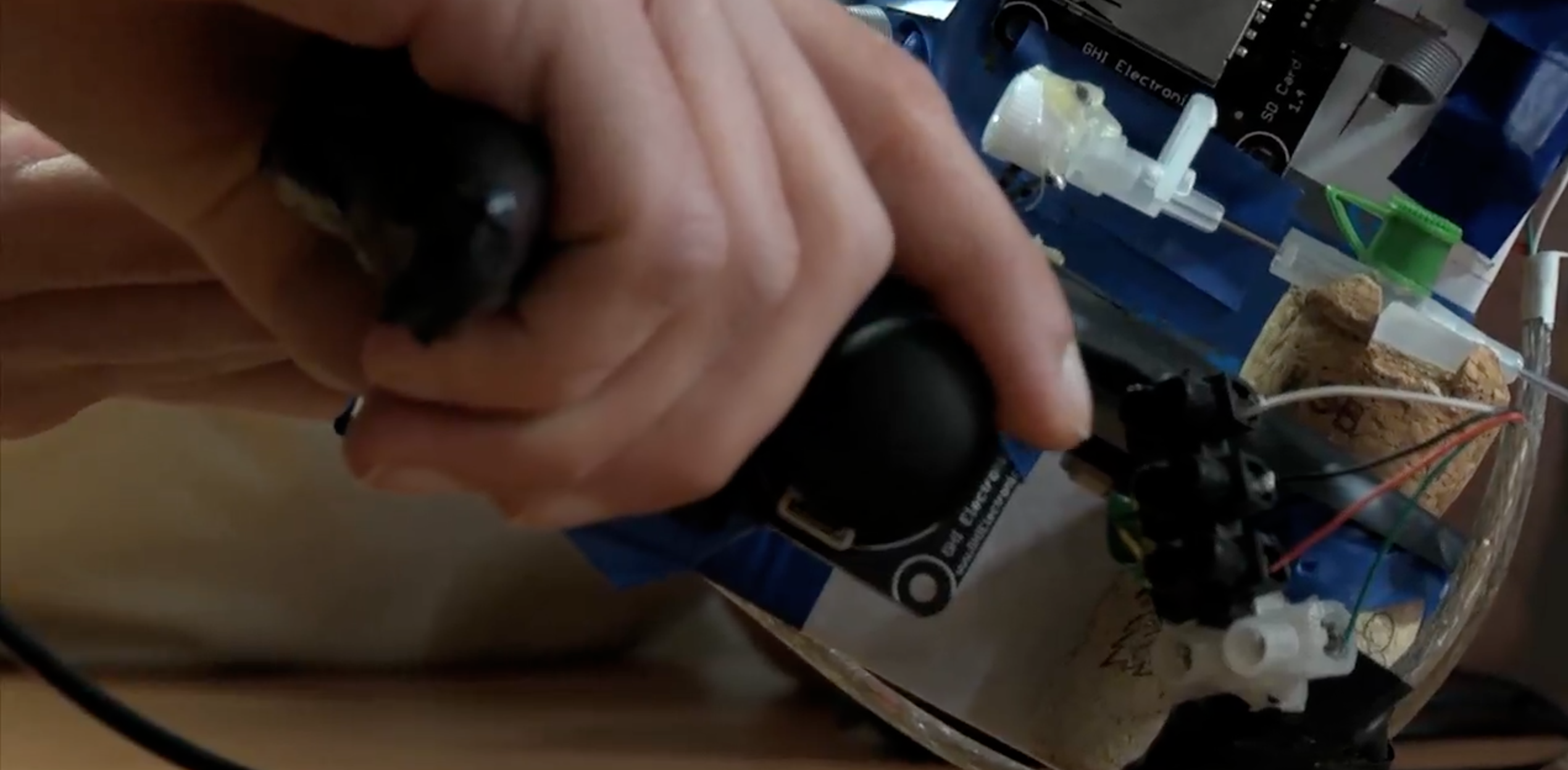Parents know that watching their children be hooked up to an intravenous catheter is one of the most stomach churning episodes in life. The motor coordination required to insert an IV catheter is very demanding, particularly in children and infants, and more often than not causes pain, distress and frustration.
And now for the good news. Hebrew University of Jerusalem students and Hadassah Medical Center clinicians, attending the joint Biodesign program, created a semi-automatic handheld device for rapid and safe IV insertion. Called SAGIV, the device uses infrared sights and electrical sensing to identify veins, insert the needle into the correct location, and withdraw it in a single, rapid robotic movement.
“Some caregivers simply don’t have the dexterity to insert IV catheters successfully,” said Dr. Yotam Almagor, the group’s clinical expert. “This leads to a lot of pain and frustration.”
The group’s prototype, developed by engineering graduate student Lev Lavy, has already been tested successfully on children at the pediatric ward of Hadassah Medical Center. “We had a lot of excited parents asking that we use the device,” said Almagor. “Children that used to be pricked numerous times in every visit can now be connected in a single attempt.”
Other students in the group include Gahl Levy, founder of EnergySmart Solutions, as well as Yifat Castel and Alex Wainshtok, who are completing their MBA degrees.
Biodesign is a multi-disciplinary, team-based approach to medical innovation, created by the Hebrew University of Jerusalem and Hadassah Medical Center in partnership with Stanford University. The program takes outstanding medical fellows, bioengineering and business graduate students, and tutors them in the science and practice of bringing a medical innovation to the market.
Fighting for Israel's truth
We cover what makes life in Israel so special — it's people. A non-profit organization, ISRAEL21c's team of journalists are committed to telling stories that humanize Israelis and show their positive impact on our world. You can bring these stories to life by making a donation of $6/month.





